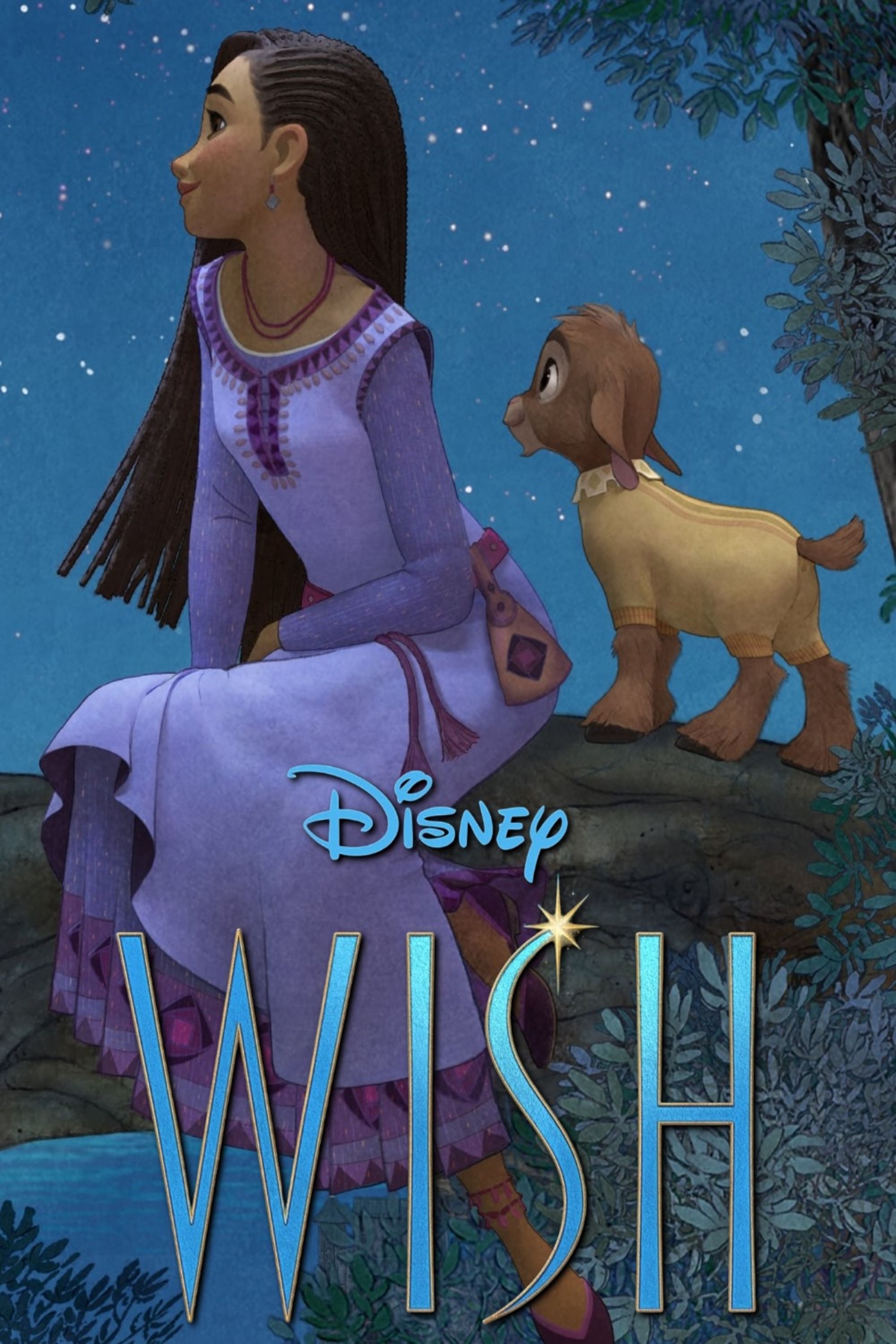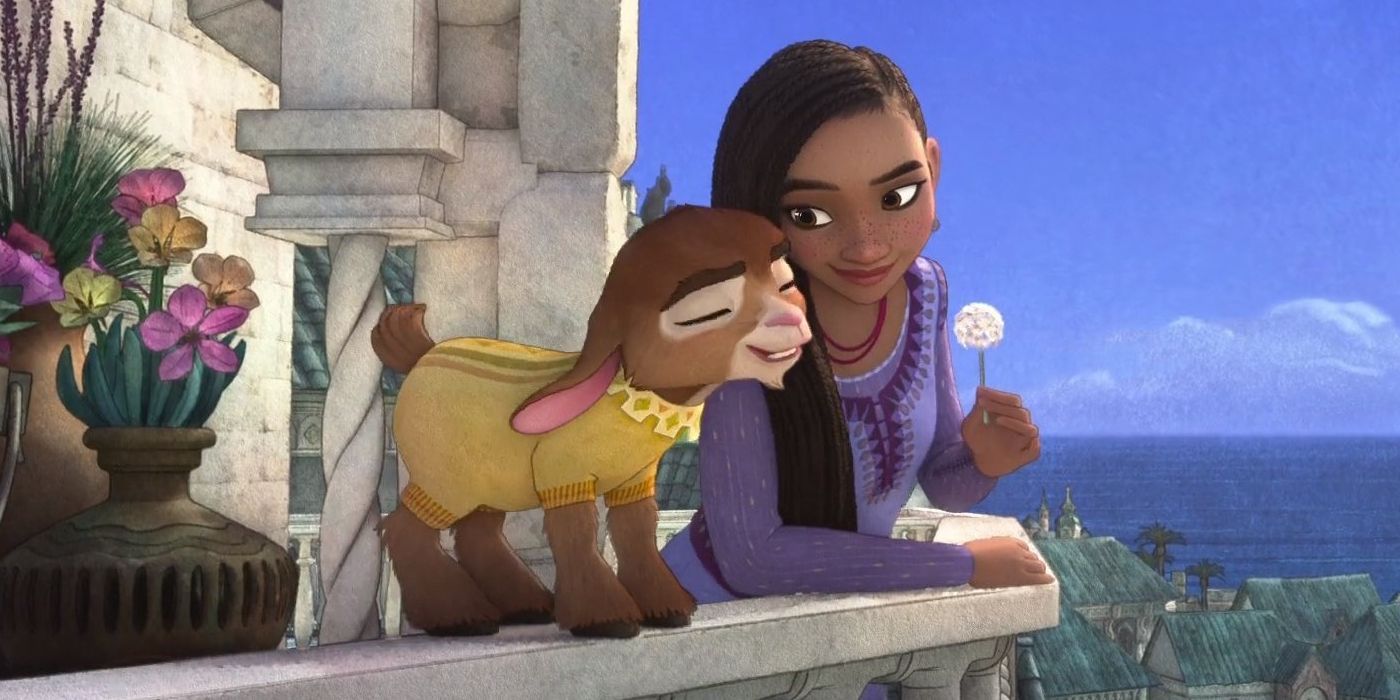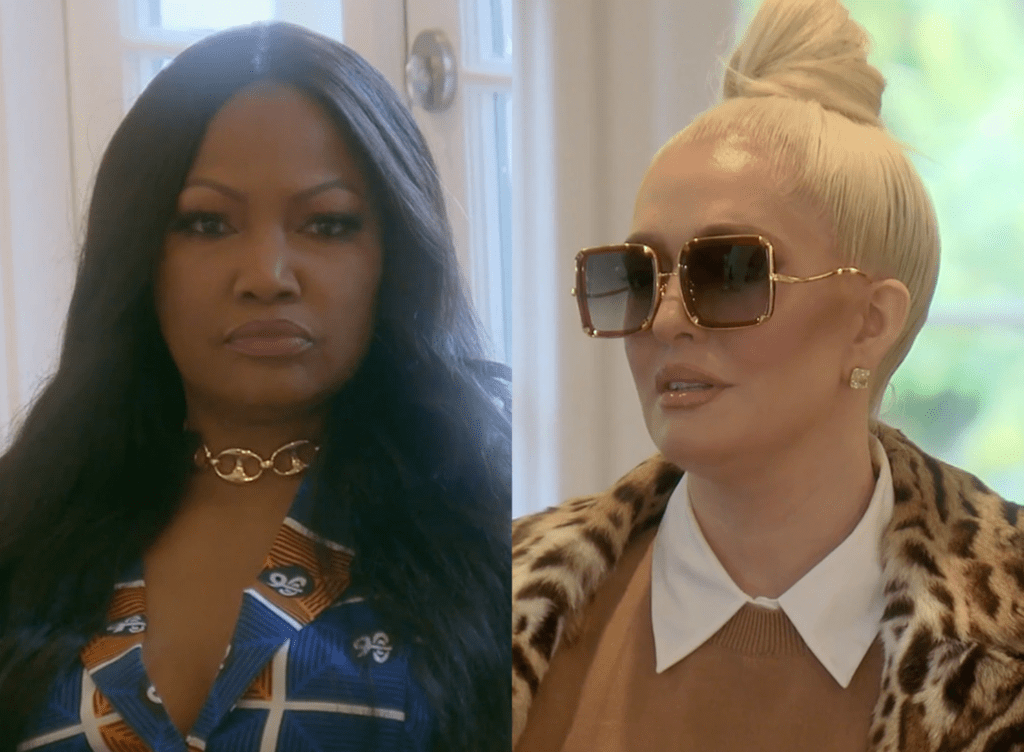The Big Picture
Not many movies are 100 years in the making, but Disney’s latest animated film, Wish, is made up of the same things that created the company a century ago. Built from wishing on shooting stars, a now-trademark motif from Disney’s first Academy Award-winning feature-length film Pinocchio, Wish is meant to pay homage to the conglomerate’s roots, in honor of the one-hundredth year of the Mouse. Yet the film’s themes and messages are not the only way filmmakers Chris Buck and Fawn Veerasunthron are honoring the projects of the longest-running animation studio in the world, like Snow White and Alice in Wonderland. Wish has also partially returned to Disney’s traditional watercolor animation technique, combining it with its modern technique of CGI. The blend of animation styles is fitting for the centennial milestone, merging the old with the new. Watercolor animation’s striking on-screen look is an added bonus, making Wish look vastly different from every other animated Disney film in the last twenty years.

Wish follows a young girl named Asha who wishes on a star and gets a more direct answer than she bargained for when a trouble-making star comes down from the sky to join her.
Release Date November 22, 2023
Director Chris Buck, Fawn Veerasunthorn
Cast Chris Pine, Alan Tudyk, Ariana DeBose, Evan Peters
Rating PG
Genres Animation, Adventure, Comedy
Production Company Walt Disney Animation Studios, Walt Disney Pictures
Watercolor Animation Was Once Essential to Disney Movies
Disney Animation’s roots are in hand-drawn techniques, which aren’t only foundational to this studio, but also for animators everywhere during the filmmaking method’s formative years. This includes the use of Xerox and Cels, which entails creating characters and other objects by hand over top watercolor backgrounds. The company’s early shorts, put together in a series called Silly Symphonies, were experiments that led to the real thing, which was their first feature-length film, Snow White. The hand-drawn technique built Disney Animation Studios from the ground up and became its trademark style in the mid-1900s, giving audiences visually stunning classics like Sleeping Beauty and Cinderella.
Computer-generated imagery was introduced earlier than one would think, as the first Disney film to implement the filmmaking technique was The Black Cauldron in 1985. CGI animation allowed filmmakers to create 2-D or 3-D images using computer software. It was only for a brief sequence, and The Black Cauldron ended up being a commercial and critical failure, but it opened the door for its continued use in the coming years. Disney saw many years of financial flops before finally returning to musical fairytale stories after a long exploration into darker stories like The Rescuers. The film credited for starting what is now known as the Disney Renaissance was The Little Mermaid in 1989, which was also the last film to use hand-drawn techniques. The Disney Renaissance, lasting for approximately one decade, was the high before the low for Disney in the early 2000s. From that point on, CGI and 3-D animation became more common with studios, not just Disney.
‘Toy Story’ Helped Kick Off Full-CGI Animated Films
One studio was making some of the best CGI projects in the industry, and that was Pixar Animation Studios. The two animation studios became partners, and the two eventually made a deal that allowed Disney to produce three of their CGI-animated films. In 1995, the groundbreaking animated feature Toy Story was released. It was the first film to be completely computer-animated, and is considered by a large audience to be the greatest animated film of all time.
Disney finally made its first fully-CGI feature a decade after the success of Toy Story. Chicken Little was released in 2005 to mixed reviews but performed well enough to bring Disney out of a brief slump. It also opened the door for Disney to purchase Pixar a year later, despite many ups and downs between the two companies over the years. CGI became the new normal for Disney, mostly to keep up with the times. All of this has led to more recent Disney classics like Tangled, Frozen, and Moana.
‘Wish’ Is Not the First Time Disney Revisited Their Animation Roots
Once filmmaking entered the 2010s, Disney was regularly making computer-animated films. Wreck-It Ralph, Zootopia, and Big Hero 6 have become a few of the poster children of modern Disney animation, and continue to pave the way for future CGI projects. However, hand-drawn and watercolor animation had one last hoorah in 2013 with the fairytale staple, The Princess and the Frog. The film is visually stunning and cannot be differentiated from earlier Disney films built from handmade artwork. It would be the last time a Disney film heavily utilized hand-drawn techniques, until now.
Wish follows a girl named Asha (Ariana DeBose), whose passionate wish causes the sky to give her a Star. The two must stop King Magnifico (Chris Pine) from making his kingdom’s people forget about their wishes and dreams. The film is supposed to be a culmination of all the characteristics that put Disney on the map and made it magical in the first place.
The new animated project also brings its foundational traditions and allows their more modern storytelling to meet. According to The Walt Disney Company, directors Buck and Veerasunthorn are two generations of Disney being brought together. Chris Buck, who started at the studio in the late 1970s, was the mentee of Eric Larson, who was one of the few main animators (known as the Nine Old Men) during Disney’s formative years. While he learned from a more traditional teacher during the time of hand-drawn classics like The Many Adventures of Winnie the Pooh and The Fox and the Hound, Veerasunthorn joined during Disney’s CGI era as an artist for audience favorite Frozen, directed by Buck and Jennifer Lee. Mentorship, passing down traditions, and growing with the times, are promoted as values when it comes to filmmaking at Disney, with Buck saying, “It all goes back to what we learned from Walt Disney… and what [the Nine Old Men] shared with us. You knew they had been inspired by Walt and that now, they were inspiring us.”
How Did the Animators on ‘Wish’ Create the Movie’s Unique Visuals?
Animators for Wish created its unique visuals by combining the more recent 3-dimensional animation with Disney’s standard “storybook” art style. Line art made up the film’s characters, like Queen Amaya (Angelique Cabral) and Sabino (Victor Garber) and detailed watercolor work is the backdrop for the Kingdom of Rosas, according to animator Michael Giaimo. The film also has a wider ratio on screen, an aspect inspired by Sleeping Beauty from 1959. The goal was to draw in both viewers who grew up with older Disney films and fans of the modern Mouse stories. The result is a visual pleasure, as vibrant characters pop off the screen against impressive, detail-oriented backgrounds.
This animation style being the future of Disney films is not yet known. However, there is no doubt that Disney fans have missed the looks and nostalgia of hand-drawn animation. The company has recently suffered from criticism when it comes to a loss of quality, but with the sharpness and wonder that lives in Wish’s art style, Disney may have found itself a win. Whether the company decides to follow this creative streak may end up having a big impact on what comes in the next 100 years.
Wish is now playing in theaters everywhere.
Buy Tickets Here







